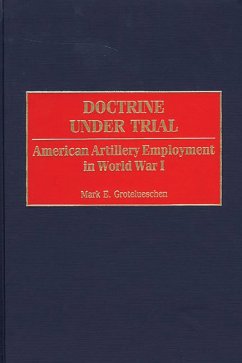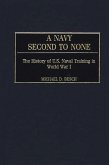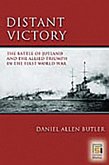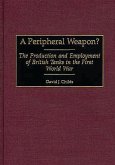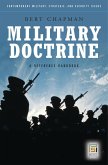Artillery proved to be the greatest killer on the Western front in World War I, and the use and misuse of artillery was certainly a determining factor in the war^D's outcome. While many books explore the artillery forces and employment of the European powers, this is the first study to examine artillery employment in the American Expeditionary Force. Grotelueschen follows one AEF division through its entire World War I experience, from preliminary training to each of its battles in France. This approach allows for great investigative depth and an opportunity to explore the implementation of doctrinal changes throughout the war. While accounts of the AEF written in the immediate aftermath of the war praised it as a great fighting machine, most scholars have concluded that the AEF was a flawed combat force. This study demonstrates that despite significant flaws and weaknesses, especially in artillery doctrine and employment, at least some AEF divisions did attain effective fighting ability. American divisions were most successful when carrying out limited, set-piece attacks, efforts that ran counter to approved US Army and AEF doctrine at the time. Historians will find this unique approach to the study of division level strengths and weaknesses to be useful in making more accurate and complete comparisons among the great armies of the Western Front.

